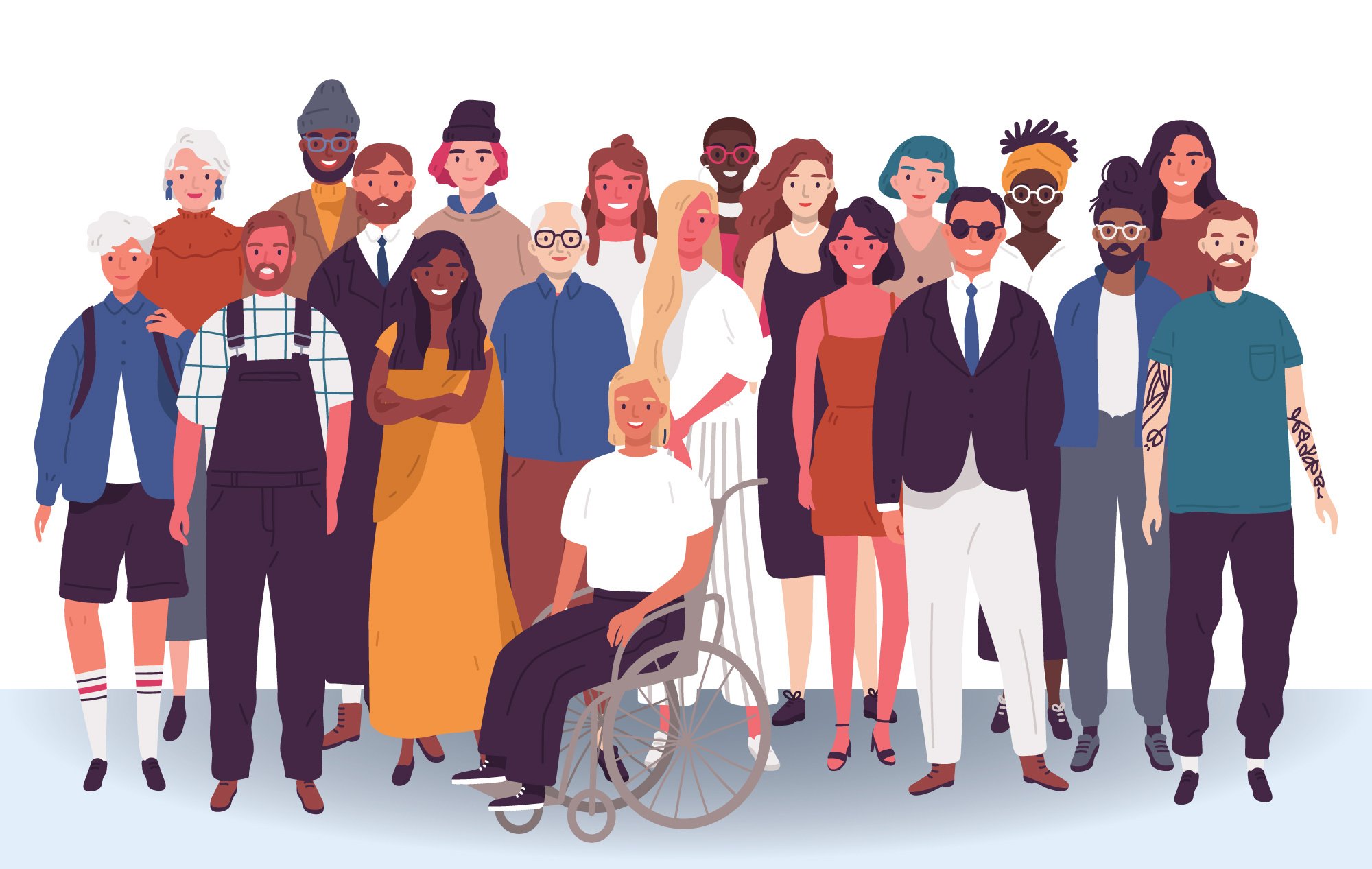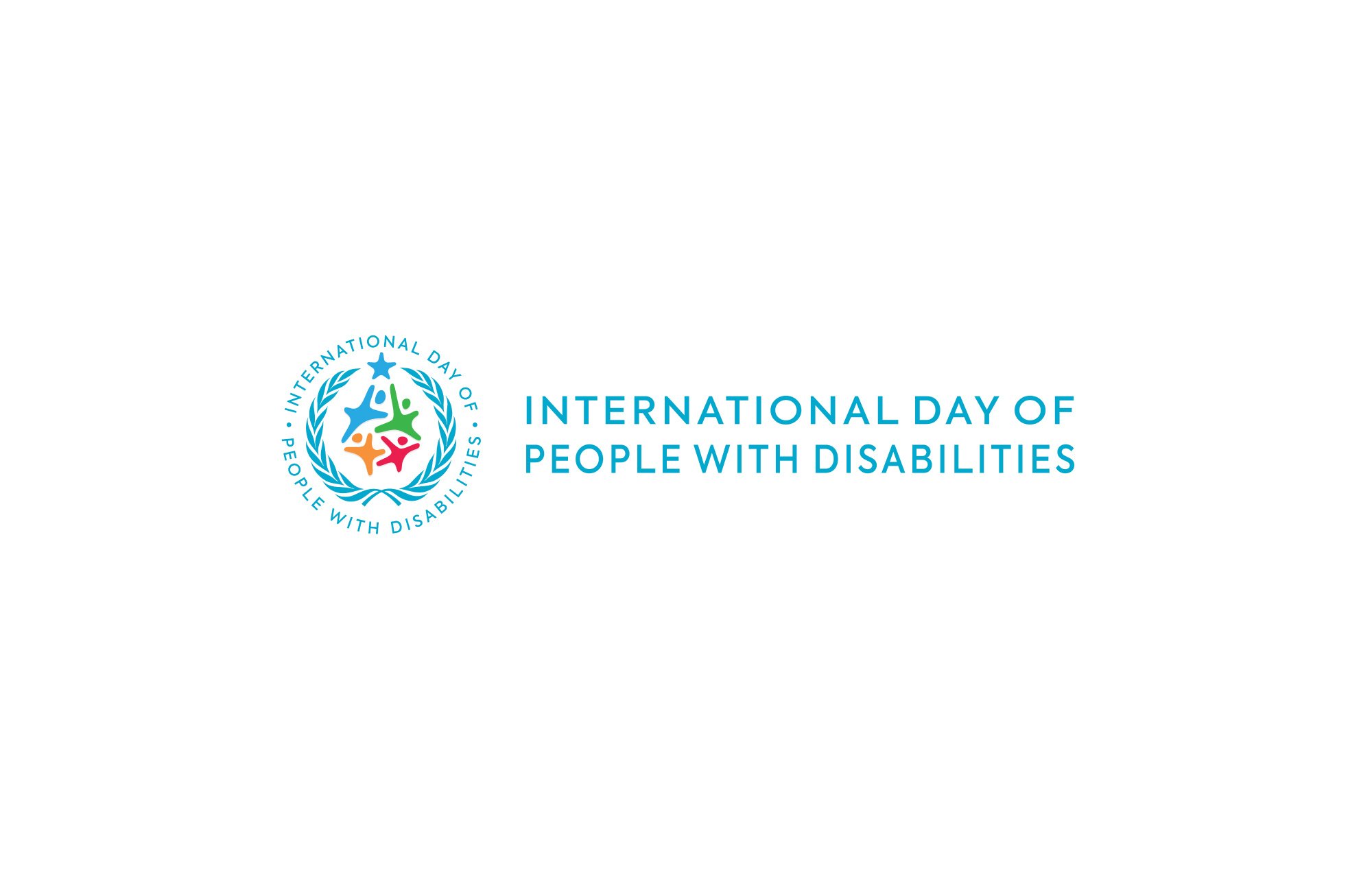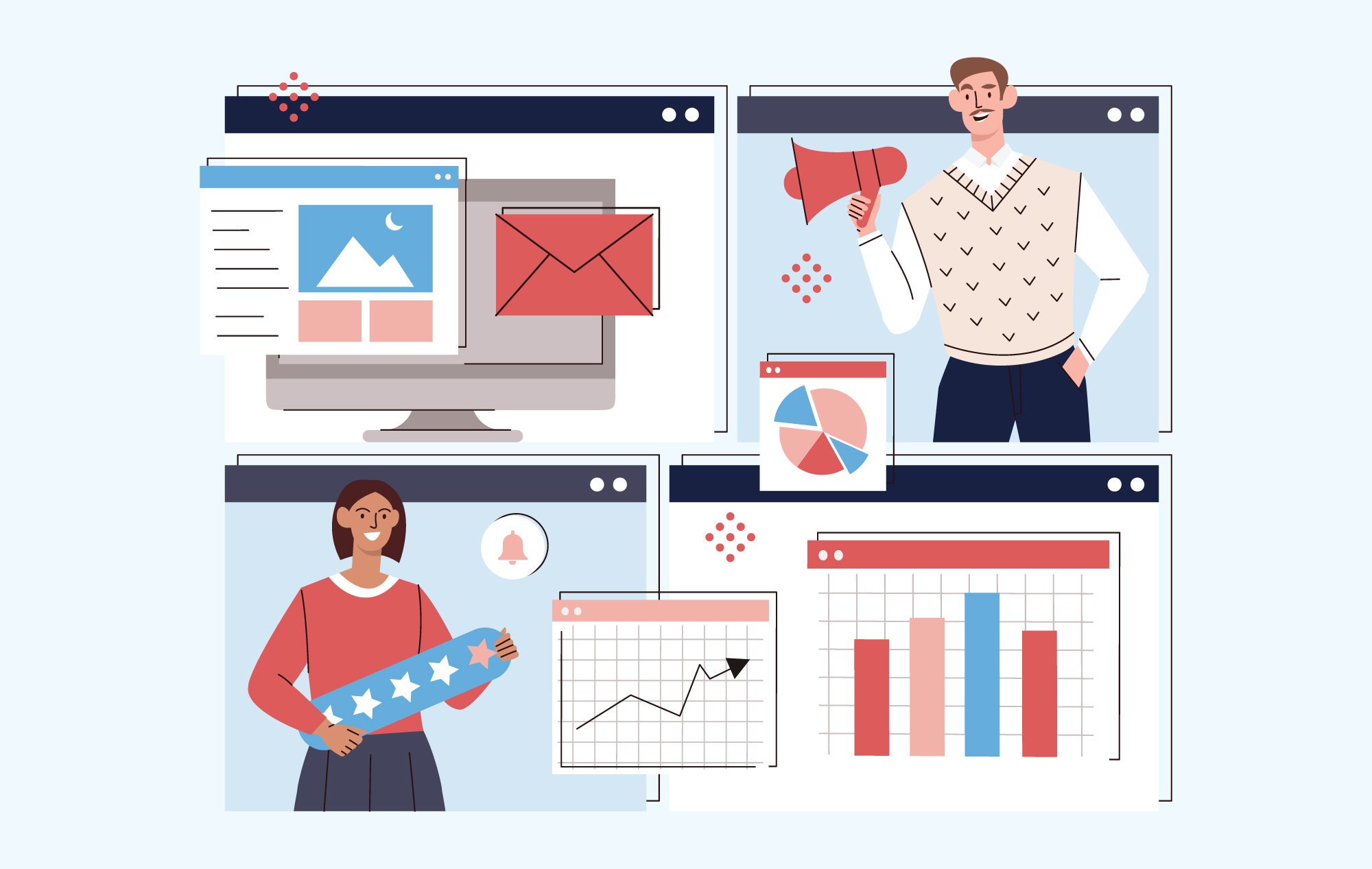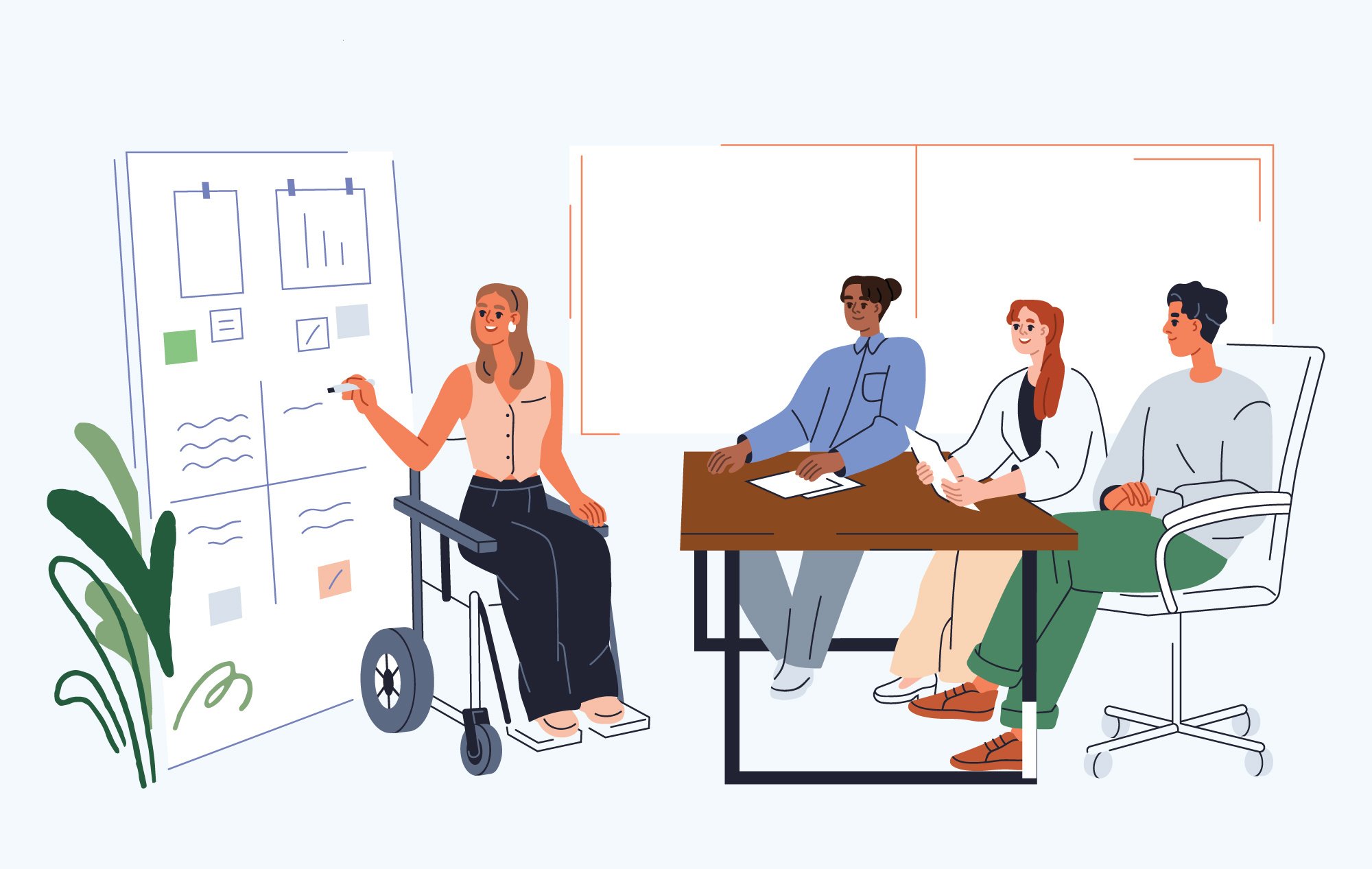This article at a glance:
- Tackling the Disability Employment Gap: Salesforce is committed to bridging the disability employment gap by fostering a culture of accessibility and inclusion, with a focus on inclusive hiring practices and ongoing support for professionals with disabilities.
- Empowering Through Education: Salesforce's Trailhead and Workforce Navigators programs provide vital resources and training for professionals with disabilities, ensuring they have the tools to succeed in the tech industry.
- Building an Inclusive Workplace: By eliminating accessibility barriers, promoting assistive technology, and supporting employees with disabilities, Salesforce ensures all team members can thrive and feel a sense of belonging.
- Leading by Example: Salesforce not only practices what it preaches within its own company, but educates and influences other organizations to embrace greater accessibility and inclusion.
Introduction
A great disparity persists between professionals with disabilities and their non-disabled peers.
Those with disabilities face an unemployment rate of 7.7%, more than double that of professionals without disabilities, according to 2023 data from the U.S. Department of Labor.
Salesforce is dedicated to addressing this so-called “disability employment gap.” Creating an end-to-end employee experience accessible to all professionals remains central to those efforts. The cloud-based software company hasn’t become a champion of greater accessibility and inclusion overnight, but has spent years diligently fostering the right culture and policies.
This 25-year legacy of advancing accessibility and inclusion is highlighted in the San Francisco-based company’s 2024 Stakeholder Impact Report.
The tech titan has accomplished this through strategic partnerships, innovative training programs, business resource groups (BRGs), and global initiatives—all aimed at empowering professionals with disabilities.
Salesforce isn’t focused only on itself, either.
The Fortune 100 company wants to influence all organizations within its ecosystem and the broader professional world, educating businesses on how to adopt inclusive hiring practices, retain professionals with disabilities, implement digital inclusion, and authentically create an inclusive and belonging culture.
It Starts With Inclusive Hiring Practices
To build an inclusive work culture from the ground up, you need to begin with how people are brought into your organization. Your company needs to represent the diversity that exists in the broader society.
Salesforce embraces that by implementing certain hiring practices—diversity, equity, inclusion, accessibility, and belonging (DEIAB) are interlocking principles core to these efforts. Advocating for one involves advancing all of the others.
Some of these practices include:
- Listing Accommodating Job Descriptions: To communicate its commitment to accessibility, Salesforce includes a question in job descriptions, asking candidates whether they have “any accommodation needs.” This gives potential employees the chance to voluntarily disclose any relevant disabilities and medical conditions, to ensure an accessible interview experience. Plus, it encourages more professionals with disabilities to apply.
- Posting Job Descriptions Everywhere: Recruiting from a diverse range of job platforms, forums, and professional channels helps Salesforce cast a much wider net. For example, Inclusively is a job platform dedicated specifically to helping people with disabilities find gainful employment. Connecting with DEIAB-minded recruiting agencies helps, as well.
- Offering Flexible Interview Formats: Remote work has expanded professional opportunities for people accustomed to inaccessible workplaces. And that includes during the hiring process. In line with work-from-anywhere policies, giving candidates the option to interview in person or remotely, again, expands Salesforce’s hiring pool. This not only brings greater talent into the customer relationship management software company, but removes many barriers professionals with disabilities encounter.
- Following Through on Equal Employment Opportunity Statements: Abiding by nondiscriminatory labor practices is a given. Stating a commitment to DEIAB principles is a step forward, but it rings completely hollow unless organizations put those values into practice. Salesforce takes its commitment seriously. In fact, not only does 50% of its U.S. workplace identify as members of an underrepresented or marginalized group, per its 2024 Equality Report, but nearly 60% of employees are members of one or more of 13 employee-led resource groups, referred to as Equality Groups.
Fostering Change Throughout Salesforce’s Entire Ecosystem
Trailhead Platform
Creating meaningful change begins with leading by example.
Toward that end, Salesforce has developed numerous Trailblazer modules, known as “trails.” They are available on Trailhead, a free online learning platform that provides resources to help users learn about Salesforce's customer relationship management (CRM) software and other cloud computing technologies.
Trailhead helps professionals level up their skills so they can find employment within the broader Salesforce ecosystem, and it can be a game changer for professionals trying to break into the tech industry, especially for those with disabilities.
“With my experience over the years of being visually impaired, I've not found a software developer or a company that truly supported the accommodation of a blind person,” says Strini Naidoo, a professional who uses the Trailhead platform. “I’ve battled. I wish I knew about this 10 or 20 years earlier. I would have been far ahead in my career and advancement.”
With Trailhead, users can also learn about a range of topics relevant to DEIAB. They can choose from any of the following free modules and “trails”:
- Get Started with Web Accessibility
- Fundamentals of Neurodiversity
- Inclusive Design
- Writing for Web Accessibility
- Neurodiversity & Disability Disclosure & Inclusion
- Accessibility Basics
- Accessibility Trail Mix
- Business Value of Equality
- Inclusive Marketing Practices
- Ethics by Design
- Inclusive Leadership Practices
- Impact of Unconscious Bias
- Embed Equality in Your Business
- Equality Fundamentals
- Inclusive, Accessible Content Creation
- Requesting Accommodations for Proctored Exams (Article)
To ensure the Trailhead platform remains as accessible as possible, Salesforce continually conducts accessibility testing.
Workforce Navigators
While the Trailblazer program is designed for all professionals, Salesforce has also launched Workforce Navigators to support professionals with disabilities.
Another online program dedicated to skill-building, Workforce Navigators is geared specifically toward professionals with disabilities, promoting an accessibility-first design approach that prioritizes digital inclusion from the start—benefiting all users.
Greater accessibility is an ongoing effort.
“We've wanted to build out more features for low-vision users,” explains Sarah Mark, Director of Salesforce’s Workforce Navigators. “We would love to write instructions for neurodiverse Trailblazers, as well. We can piggyback off the screen reader solution that we have set up and add links there, as well. It’s a huge effort to take on for one user group, and all modules are not covered, yet.”
User experience testers with disabilities are essential for product and program design teams. The impacts of employing somebody deeply familiar with the obstacles encountered by the broader disabilities community can’t be overstated.
Supporting the Careers of Professionals With Disabilities
Hiring more people with disabilities is certainly progress, but unless you provide them with continual support throughout their careers, those gains will be short-lived.
For this reason, Salesforce diligently ensures that people with disabilities feel supported in their professional goals. This ties into the 2024 theme for disability employment awareness month (DEAM): “Access to Good Jobs for All.” Acknowledged every October, DEAM highlights the importance of equitable, inclusive workplaces, calling for better recruitment, accommodations, and respect for workers with disabilities.
In tandem with Inclusively, in May 2024, Salesforce launched Retain, an AI-powered platform for U.S.-based employees that helps them find solutions to their workplace accessibility challenges. Chief among its features is the ability to customize tools and resources to meet the diverse working styles and preferences of professionals with disabilities.
Retain also includes an interactive chatbot designed to help employees seamlessly navigate accessibility needs without waiting for formal consultations. The key principles here are autonomy and empowerment, encouraging self-advocacy so employees can secure the workplace accommodations they deserve.
For U.S. employees seeking a more personalized approach, Salesforce also maintains its Accessibility Consultation Program, a partnership with UK-based accessibility leader Microlink. This offering pairs employees with one-on-one accessibility consultants who are experts in identifying the resources, accommodations, and benefits that will secure the support employees with disabilities need to thrive throughout their entire careers with Salesforce (and beyond).
So whether team members want a more autonomous or hands-on experience, they can choose a path whose solutions best meet their individual needs.
Salesforce’s Key to Employee Retention Is Ongoing Support
Fostering an Inclusive Company Culture
A central source of Salesforce’s inclusive culture derives from its business resource groups (BRGs). All employees are encouraged to get involved.
These Equality Groups give employees a place to gather with people who have similar interests, experiences, and challenges in the professional world. These groups also ensure Salesforce fosters a culture where all voices can be heard and particular needs addressed.
For instance, Abilityforce unites team members with visible and invisible disabilities, employees with loved ones who are disabled, and their allies, while BOLDforce organizes to expand and empower Salesforce’s Black community.
Their grassroots nature is what makes these groups so impactful.
To effectively foster an inclusive culture, organizations must communicate their values and policies clearly internally and externally.
Salesforce strives to do this with a disability inclusion plan. Outlining and formalizing inclusion goals dramatically increases the chances of success. This is ensured by integrating inclusion into regular meeting structure, using marketing collateral to inform, and consistently discussing inclusion issues among employees and external stakeholders.
Removing Accessibility Barriers From the Workplace
When you make the professional world more accessible for one group of people, it tends to improve the experience for all others. Salesforce focuses on removing accessibility barriers so employees can fully participate and feel a sense of belonging.
For instance, to make workplaces more accessible for employees, Salesforce adopts several practices:
- Eliminating physical barriers that are not ADA-compliant, such as stairs-only entries or overly narrow paths through office spaces
- Adopting flexible work options (hybrid and remote models)
- Providing assistive technology upon request
- Training teams on accessibility etiquette for virtual meetings
- Developing disability representation in leadership positions
- Encouraging employees to respect each other’s language preferences
- Raising employee awareness surrounding disability issues, such as neurodivergent masking
To ensure all employees have access to the tools and accommodations they need to succeed in the workplace, Salesforce also encourages employees to advocate for their needs and fosters a culture of allyship.
Maintaining Policies That Support Individuals With Disabilities & Their Families
Supporting the family life of employees with disabilities is another way to be inclusive, because it enables professionals to manage a healthy work-life balance while enhancing their sense of belonging.
Salesforce also has several policies in place that support families with disabilities. This includes:
- Challenging stigmas professionals face either as someone with a disability or having a family member with a disability
- Prioritizing flexible work options that empower parents of children with disabilities or enable professionals with disabilities to better meet their medical needs
- Providing employment opportunities through partnerships with places such as the Blind Institute of Technology and The Arc San Francisco
- Facilitating disability awareness events that inform team members about the impacts disabilities have on family life
- Creating affinity groups that provide peer support
- Offering parental support such as generous PTO, VTO, and parental leave
- Encouraging team members to take mental health days
Taking advantage of Salesforce’s generous VTO program, Heather Platz, an employee success solutions manager at Salesforce who has an 8-year-old son born with Down syndrome, recalls organizing an office walk for World Down Syndrome Day.
Employees were invited to participate and contribute money to organizations that champion and advocate for the Down syndrome community.
“I think that's probably where I felt the most personally supported by coworkers and leaders,” she says. “Even people I didn't know got on board and wanted to support a cause that was important to me. It was a good education piece and a way for me to advocate just by sharing something about my life.”
Initiatives such as these help professionals with disabilities and their families to thrive.
Embedding Accessibility Into Everything
Digital inclusion is integral to Salesforce’s products used by employees with disabilities and how programs are designed.
By adopting a “shift left” approach to design and beginning with accessibility first, Salesforce creates digital experiences and professional processes that are both accessible to and inclusive of everybody, regardless of disability status.
This benefits employees as much as customers.
“We're creating better experiences for our marginalized communities,” explains Jacqueline Tolisano, Senior Director of Product Accessibility at Salesforce, “but we're also creating better experiences for everyone. When you think about accessibility, it's usability. You're building a better product, and in the course of making things accessible, you're also making your job easier because your designs are cleaner and your code is cleaner. You're ultimately going to streamline your own processes. You've ultimately made your job easier by making sure that you're following good accessibility practices.”
But it’s not just a one-and-done practice. Designers must always seek out ways to further enhance the accessibility of their products. Managers must consistently pursue ways to make sure their team members experience inclusion and belonging.
“It's very easy to say, ‘We did a great job by including people with disabilities,’” Salesforce’s Vice President of Product Accessibility & Inclusive Design Derek Featherstone warns. “It's very easy to say, ‘We've learned those lessons. We don't need to keep doing that,’ or ‘Now that this is accessible, let's move on.'"
The moment organizations think they've solved their accessibility issues is when they need to go deeper. Salesforce encourages managers and product designers to continually seek feedback from people with disabilities.
“You need to ask, ‘Who else are we not including?’” he continues. “Maybe we haven't engaged with people that have low vision or those who have mobility or dexterity-related accessibility needs. Take your pick. There's always somebody who has been left out. It’s really easy to get excited about the people that you included and forget some are still being excluded.”
Ensuring All Event Attendees Can Fully Participate
Attending conferences is an important part of professional development. Salesforce continues to uncover new ways to make each conference more accessible for those attending in person or remotely, including its annual Dreamforce and TrailblazerDX conferences.
For instance, Salesforce enhanced accessibility at TrailblazerDX 2024 by including:
- A large team of accessibility staff to identify and mitigate accessibility barriers, with roles including general assistance, Quiet Zone ambassadors, sighted escorts for attendees who are blind or have low vision, and keynote ushers for accessible seating guidance
- Disability etiquette training for all volunteers to ensure respectful and effective interaction with attendees with disabilities
- Captioning in English for keynotes, breakout sessions, Salesforce+, and the Trailblazer Celebration, while providing sign language interpreters during all keynote sessions
- Accessible shuttle transportation for attendees, including to and from the Trailblazer Celebration, ensuring ease of access for professionals with mobility issues
From when professionals first encounter a job posting to on-the-job training and professional development conferences, Salesforce has demonstrated a commitment to greater accessibility and inclusion in the workplace.
All signs point toward these efforts only ramping up as the software leader continues and more marginalized voices are given a seat at the table of working professionals.
As a Founding Partner of InclusionHub, Salesforce collaborates to help bring greater accessibility and digital inclusion to the professional world. Visit its a11y website to learn more.






Leave a Comment